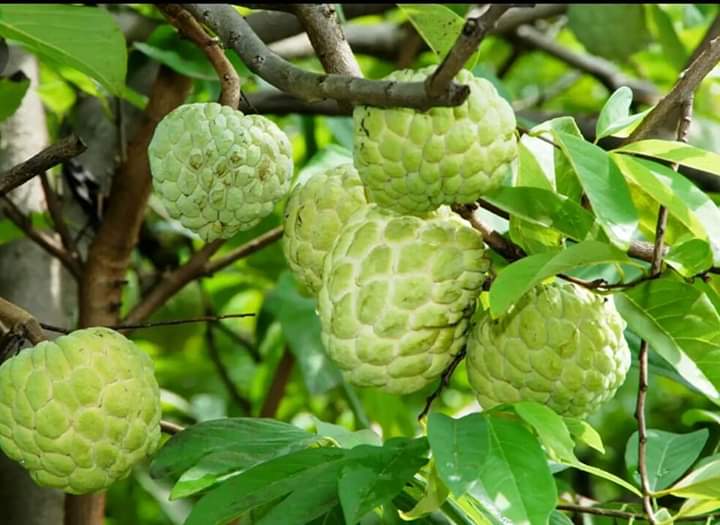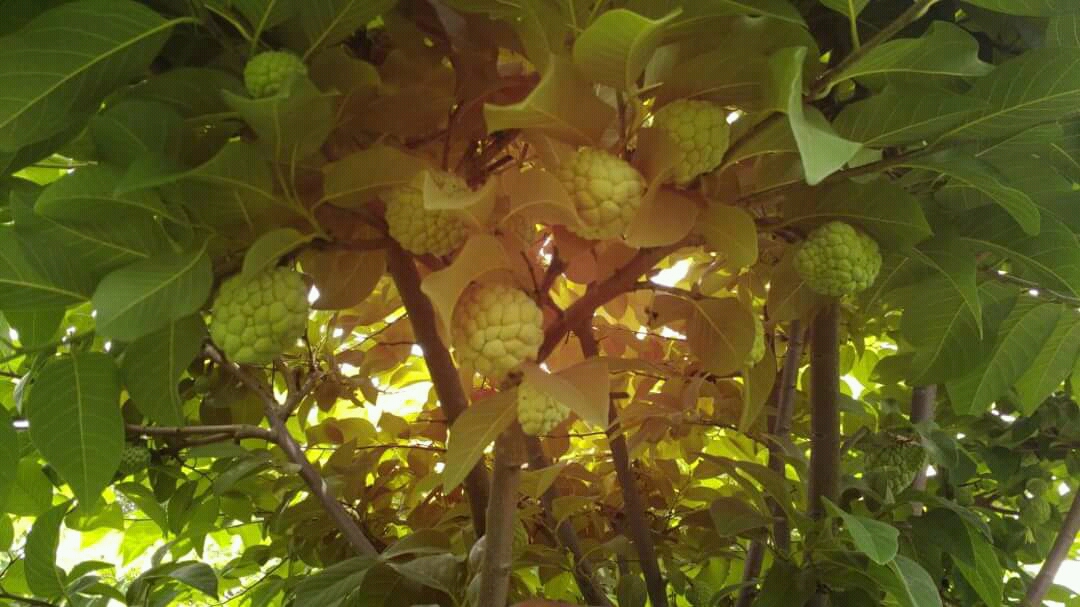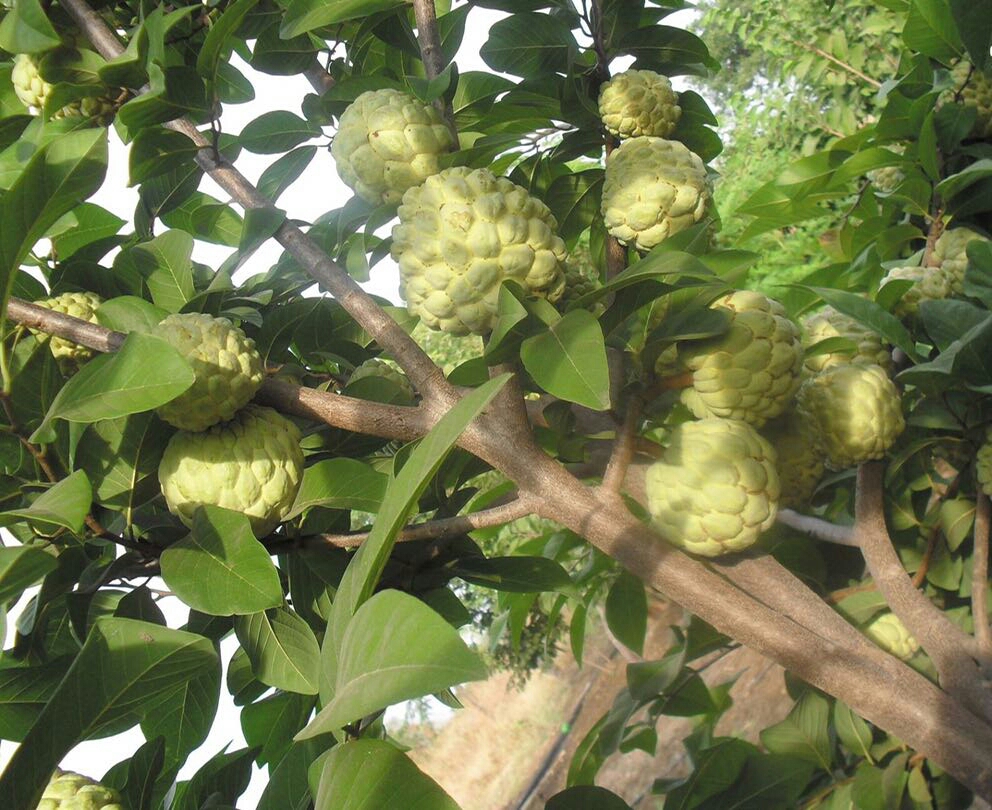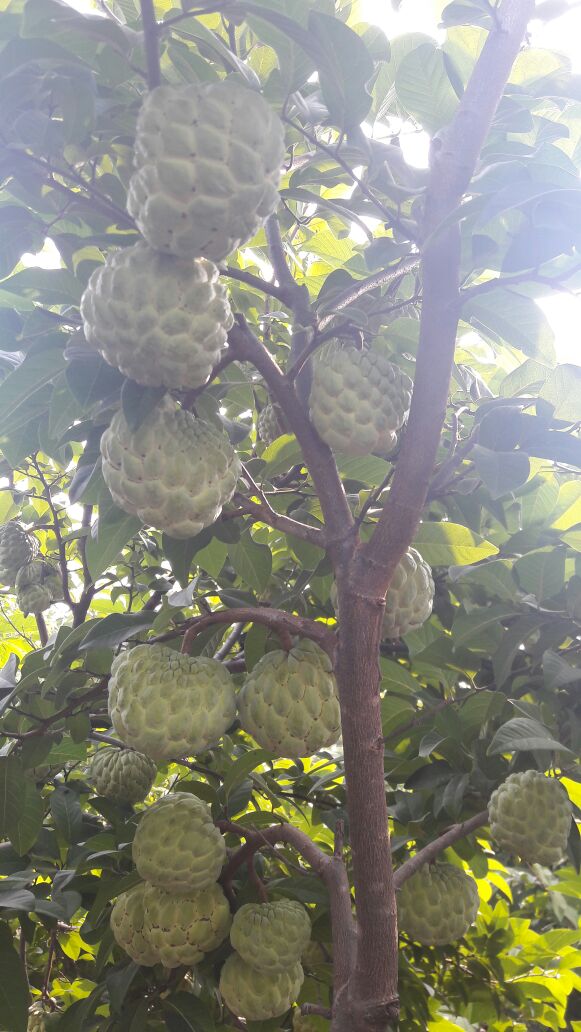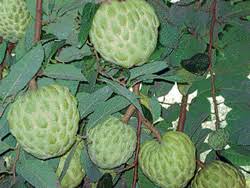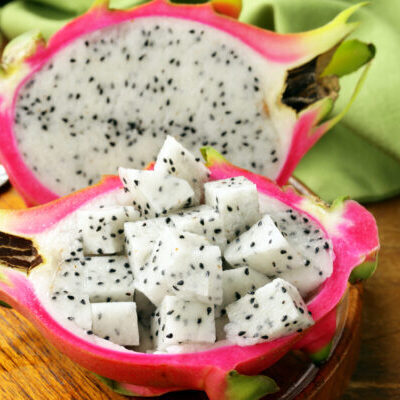Description
Introduction:
Sitaphal (Sharifa) It is basically found in the forests and is found in the fields of rams etc.
And in the village people bring it by plucking it from the forests and fields, hence it is called the fruit of the poor.
are also known. This fruit is found in the forests of the states of Madhya Pradesh, Bihar, Jharkhand, Uttar Pradesh, Andhra Pradesh and Assam.
The botanical name of cilantro is Annona squamosa.
The origin of cilantro is originally considered to be tropical America, so the people there call it as Custard Apple.
And also called Sugar Apple.
Cultivation of Sitaphal: Know how to do Custard Apple Farming
Cultivation of Super Gold Sitaphal: Information on Custard Apple Farming in India
Sitaphal, also known as Sharifa, is slightly different from other fruits,
It is rough and deep lined from outside and white and soft from inside.
It is a very sweet and delicious fruit to eat, cilantro also has medicinal properties.
Therefore, apart from eating it, it is also used as medicine. of cilantro
It is also used commercially in agriculture, drying its seeds and extracted oil.
It is used to make oil paints and soaps.
Sitaphal is also called Custard Apple and Sugar Apple in English.
In this article we will talk about how to cultivate cilantro? For this soil, suitable climate, variety, yield
And how much profit can be made from it? You will see complete information about this.
In which countries cilantro is cultivated?
Sitaphal can be grown in all tropical and subtropical regions.
Where there is no effect of frost. in different countries like Australia, Brazil, Myanmar, Chile, Israel, Mexico,
It is being cultivated in countries like Spain and Philippines etc. In India, it is cultivated on a small scale.
are happening. There is a lot of potential for the cultivation of cilantro in India.
Nutrients in cilantro:
Nutrients like Vitamin-C, Vitamin-B6, Calcium, Magnesium and Iron are found in abundance in Sitaphal.
Nutrient content found in custard apple
• Vitamin-C -93%
• Vitamin-B6- 15%
• Calcium- 3%
• Magnesium- 8%
• Iron – 4%
Suitable Land:
Cultivation of Sharifa can be done in almost all types of soil. But loamy soil is most favorable
There are. If there is proper drainage of water and there is no water logging then good yields can be obtained.
It should not be cultivated in waterlogged land because due to water logging, many types of diseases are present in the plants.
diseases may occur.
The pH of the soil for the cultivation of cilantro What should be the value?
The pH of the soil for its cultivation. The value must be between 5.5 and 7
Appropriate climate and temperature:
Like cilantro which we also call Custard Apple all tropical
And are born in subtropical countries. Its plant is very hardy, dry climate
Can be grown easily. Its plants grow easily in hot areas, but for a long time
Till and severe winter, the weather is not suitable for it because its fruits are hard in cold.
go and do not ripen. There should be dry climate at the time of flowering but if
When the temperature reaches above 40 degrees, the flowers start falling and falling.
When do cilantro bear fruits?
Its fruits start growing in the rainy season.
Preparation of plants:
Some things to keep in mind while buying plants:
• Always plant should be planted only because the fruits of plants prepared from cilantro cuttings
Starts coming after 2 years.
• Purchase plants from a registered nursery only.
• Transplant only healthy and disease-free plants.
• Plant only one stem, low height, upright and healthy plants.
How to plant cilantro plant:
• Inspect the plants, if a plant is not healthy, then take it out
• Keep a plant near each pit
• Place the plants in the pit and fill it with soil
• Planting saplings in the evening time
• Planting saplings during July-August or February-March.
Irrigation of Plants:
After transplanting the plants, they should be irrigated, however, very little irrigation is given to the sitphal plant.
But still irrigation should be done once in a month, during summer season
Irrigation should be done at an interval of 15 days.
Manure and Fertilizer for Sitaphal:
Mostly Sitaphal is planted in infertile land or weak soil, so good production
To get the required amount of organic and chemical fertilizers should be applied from time to time.
Fertilize from time to time as per the table given below.
Plant age
ammonium sulfate
single super phosphate
potash
(At the time of planting.
weed control:
Keep weeding from time to time, plow once in August-September so that weeds and grass are eliminated.
And in the areas where there is a shortage of water, the moisture will be conserved.
Hand Pollination:
Due to the smell coming from the custard plant, friend kit (insects) are less attracted towards it,
Due to which the fertilization process is not done well in its flowers, hence hand pollination:
It is necessary to do hand pollination by wearing hairy cloth in hand and do it early in the morning.
Light hand should be swirled on the flowers.
Diseases of custard apple and their prevention:
The attraction of insects is less due to the special smell coming from the cilantro plants.
Due to which there is hardly any kind of disease or disease in it, sometimes Mealy Bug.
Spraying of parathion for 15 days to prevent damage to tender branches and leaves of plants
Do it 2-3 times with a difference of . If flowers start falling from its plants, then stop watering the plants.
Do it, its fruits start rotting after ripening, so they should be plucked at the appropriate time.
Harvesting of cilantro:
After 2-4 years of planting sitaphal or custard apple, fruits start coming
Gives good yield up to 14-15 years, cilantro flowers start coming in March
Those who come till July-August, harvest the fruits from the month of September to November, but it
Depending on the time of flowering, from a fully grown tree when the fruits are hard,
Only then is the right time to harvest them.
Before plucking cilantro fruits, keep these things in mind-
• When the fruits become hard and their color changes from light green to yellow.
• The color between the peels of the fruit slices started to turn yellowish-white.
• Cracks started appearing in the middle of the cilantro slices.
Yields and Benefits:
In custard apple or custard apple plants, initially around 50-60 fruits come, which with time.
Together it increases to 100, in one acre about 500 plants can be planted,
Due to which the yield of Sitaphal is around 30-35 quintals annually. usually cilantro
The market price is found to be around Rs 40, so that in a year more than one acre
Earning from one lakh to 1.5 lakh is easily done.
Additional Earnings from Cultivation of Sitaphal:
The custard apple plant starts bearing fruit after 2 to 3 years.
And its tree takes 4 to 5 years to develop fully,
Planting some vegetable crops, radish, carrot, coriander etc. in the vacant space between this period is also done.
You can earn a lot of extra money.
Some cautions:
While cultivating cilantro, precautions should be taken keeping the following things in mind for good production
• Cut off the twigs that dry up.
• After harvesting the fruit, trim the unnecessarily grown twigs lightly.
• To get a good harvest, the fruits are mixed with 50 mg per liter of Gibberellic acid solution.
Treat by dipping for one minute, so that the size and weight of fruits increase and the number of seeds is reduced.
• Do hand pollination for good production.
• Irrigate regularly in summer.
• Cook the fruits by keeping them in open baskets with tree leaves and straw, which will increase the sweetness in the fruits and keep the fruits safe for a long time.


